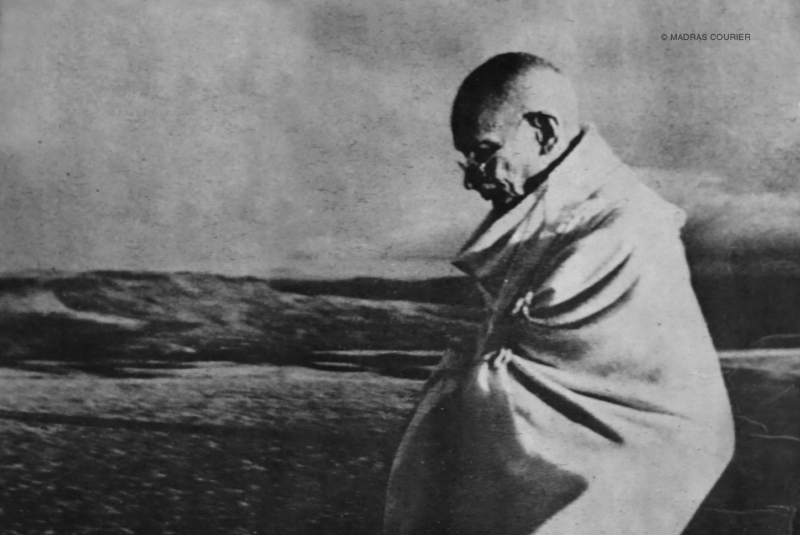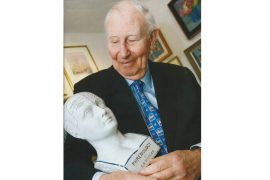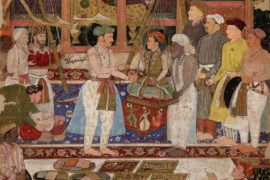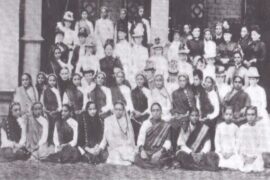Picture the scene. Hundreds of raging mobs have set Calcutta on fire. The Partition of India and Pakistan has resulted in largescale rioting and violence – hundreds of thousands have died. You are part of the government, which until then believed India could achieve her independence without bloodshed.
Government buildings are barricaded and well protected. The crowds are roaring outside, the skies filled with smoke and cries of death. And then, Mohandas Karamchand Gandhi, the ‘Mahatma’ and father of the newly formed nation, turns to you and says:
Go in the midst of rioters and prevent them from indulging in madness or get killed in the attempt. But do not come back alive to report failure. The situation calls for sacrifice on the part of top-rankers.
The pursuit of non-violence is not for the weak. A Satyagrahi, or truth-force seeker, must be willing to suffer the greatest violence for his cause, but cannot inflict the same back at the perpetrator. Gandhi dealt with the concept of violence – the ‘himsa’ in ‘ahimsa’ – by inviting it, embracing it and ultimately defeating it through the example of non-violence. But for those who followed his every word (or had to), was he the source of violence?
***
Copyright©Madras Courier, All Rights Reserved. You may share using our article tools. Please don't cut articles from madrascourier.com and redistribute by email, post to the web, mobile phone or social media.Please send in your feed back and comments to editor@madrascourier.com











